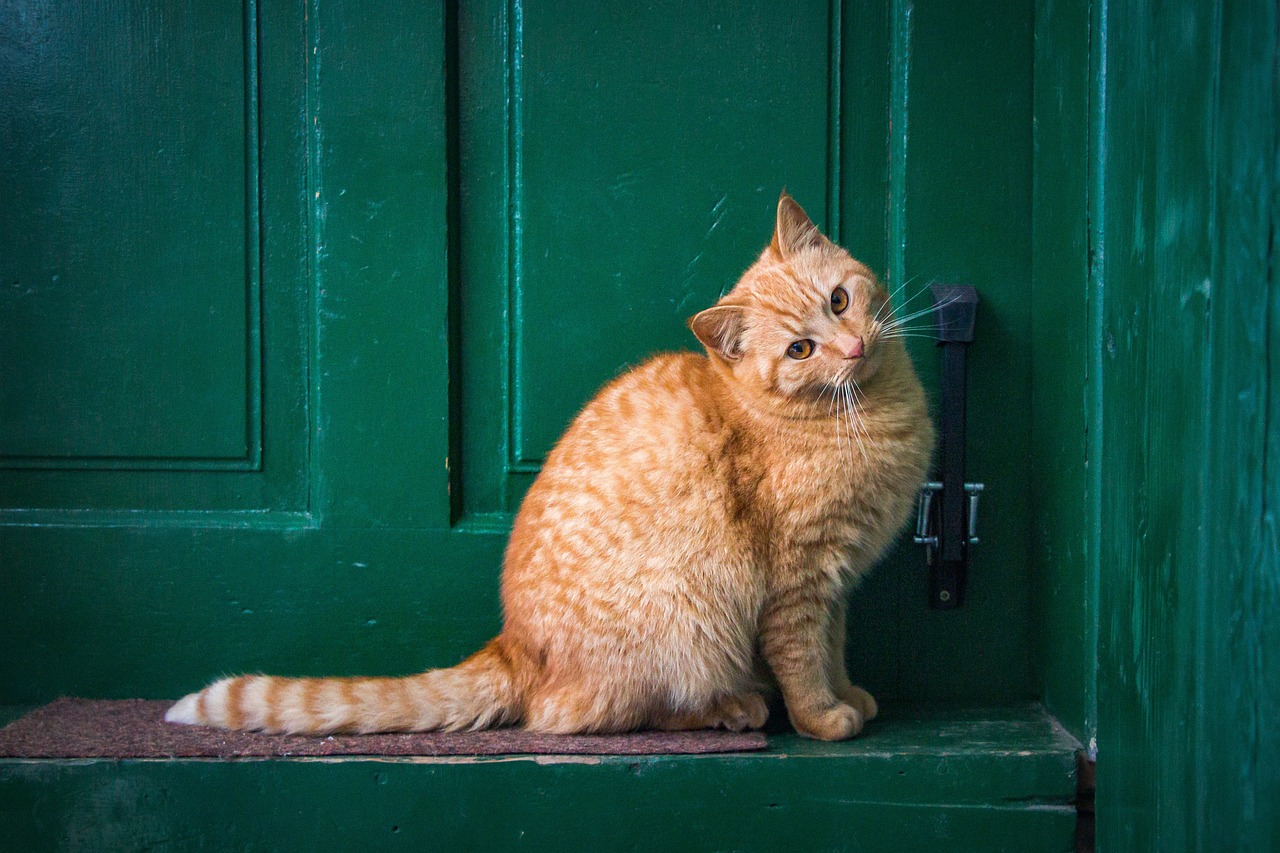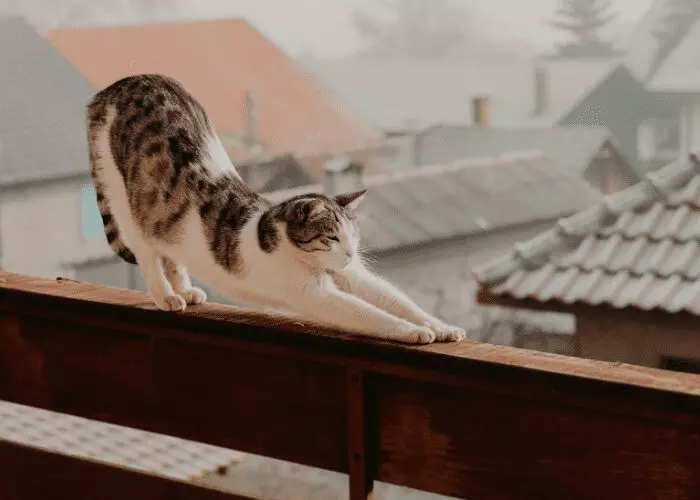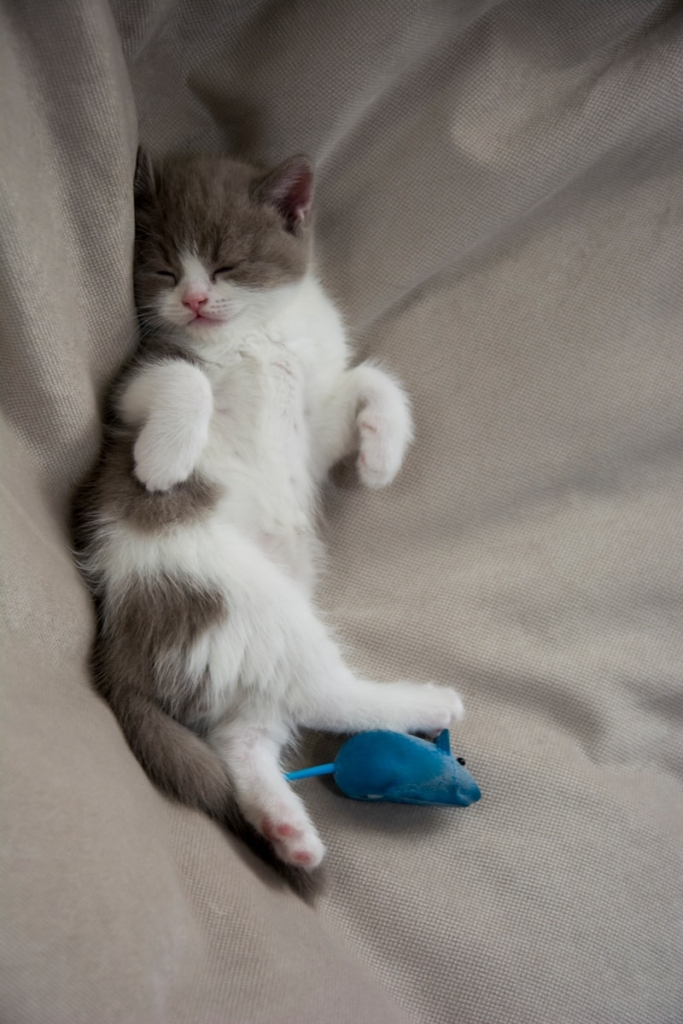The feline body: anatomy built for speed and strength
Cats are incredibly flexible. Just watch a slow-motion video of a cat leaping off a high ledge or propelling itself into the air to snatch an insect. Their movements are a synchronized display of strength and agility unmatched by any other animal.
There are two primary evolutionary reasons cats are so flexible: to avoid predators and to capture prey. Luckily, their unique body structure allows them to be experts at both!
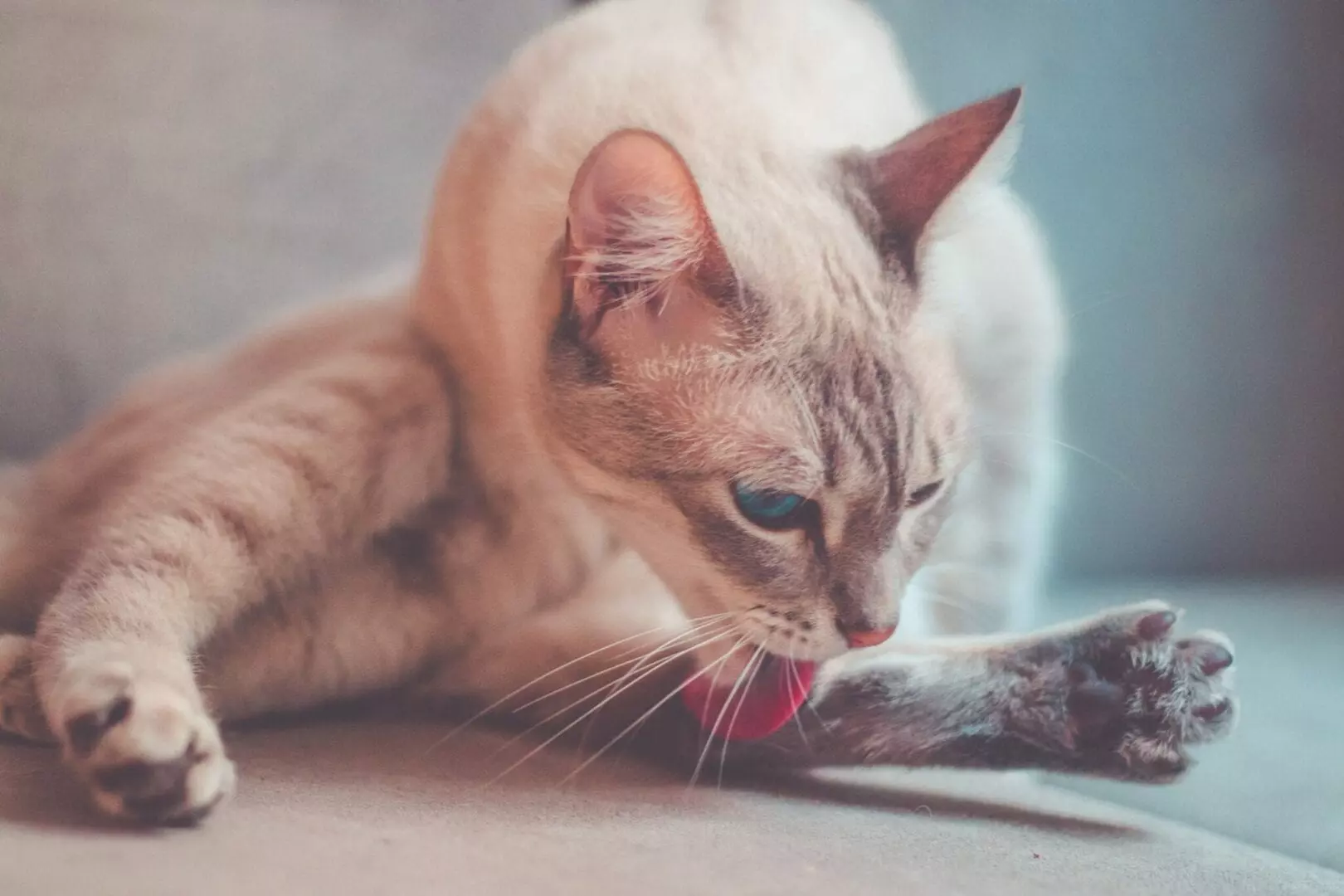
Not only are they efficient predators, but cats are also potential prey. This means they must be fast, powerful, and flexible to catch the food they need to survive and avoid becoming a larger animal’s dinner. Their rear legs are strong enough to propel them straight into the air up to nine times their own height. Their slim and sleek bodies allow them to squeeze through tight spaces. And they can suddenly change direction in mid-run or right themselves in mid-air to land on their feet.
The flexible, elastic cushioning discs between their vertebrae make their graceful mid-air twists and turns possible. Cats have up to 53 vertebrae, including their tail, allowing them to rotate their bodies at angles up to 180 degrees. To put that in perspective, humans typically have 33 vertebrae and can only rotate about 90 degrees in either direction.
Photo by Nadezhda Nikolaenko on UnsplashCats’ flexible spines also allow them to be incredibly fast runners, reaching speeds up to 30 miles per hour. They lengthen their stride by flexing and extending their spines, stretching their bodies to their maximum length as their speed increases.
James R. Richards, Director of the Cornell Feline Health Center describes the anatomy of the feline sprint:
To reach top speed—about thirty miles an hour—cats lengthen their stride, and thus increase their speed, by alternately extending and flexing their backs. When the cat pushes off to start a new stride—with claws serving as spikes for traction—its body stretches to its maximum length, with every stride propelling the cat about three times the length of its body.
The role of the spine in feline flexibility
The feline spine is a marvel of evolutionary design, allowing for an array of acrobatic feats and swift movements. One of the key features of the cat’s spine is the high flexibility of each vertebra. This flexibility is due in large part to the thick, elastic discs between each vertebra, which act like shock absorbers. These discs allow for a greater range of motion, enabling a cat to twist and turn in ways that would be impossible for most other animals.
In addition to this, the spine’s configuration enables cats to extend and flex their backs to a great degree. This ability is crucial when they are sprinting, as it enables them to take longer strides and cover more ground quickly. By alternating between a curved and an extended spine, cats can effectively “spring” forward with each stride, adding to their speed and agility.
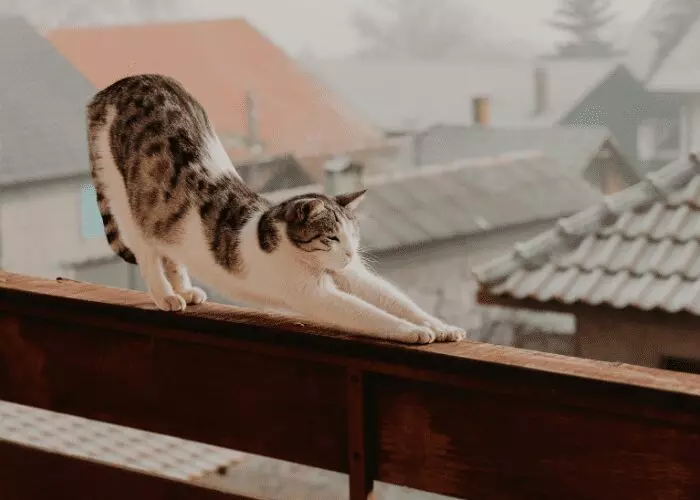
But the benefits of a flexible spine go beyond just running. It also allows them to perform those mid-air twists and turns that make them so fascinating to watch. If you’ve ever seen a cat fall and land on its feet, you’ve witnessed their remarkable righting reflex in action. This reflex is made possible by the cat’s spine and a heightened sense of balance.
Rodlie Bienvenu, a veterinarian specializing in feline health, explains:
“The cat’s righting reflex is a combination of a flexible spine and a highly adaptable vestibular apparatus. When a cat falls, it can detect the direction it needs to turn and adjust its body rapidly to ensure a safe landing. The elasticity of their vertebrae allows them to perform these adjustments in mid-air with incredible speed and accuracy.”
Another fascinating aspect of a cat’s spine is how it contributes to their ability to climb and jump. Cats can leap up to nine times their own height thanks to the power generated from their strong rear legs and the elastic recoil of their spine. This same combination of factors allows them to climb trees and other vertical surfaces with ease.
The feline spine’s extraordinary flexibility enables cats to achieve incredible physical feats, from sprinting and jumping to mid-air acrobatics and climbing. It is a central component of their predatory skills and overall agility, making them one of the most versatile and capable animals in the animal kingdom.
How cats’ shoulder blades contribute to their agility
The feline shoulder blades play a crucial role in the flexibility and agility of cats. Unlike most other land mammals, cats’ scapulas (shoulder blades) are not directly attached to their bones by a joint. Instead, these bones are connected by a complex web of muscles. This anatomical feature gives cats an incredible range of motion and the ability to move in all directions with ease.
By allowing freer movement of the shoulder blades, cats can extend their stride length and improve their speed and maneuverability. This contributes significantly to their ability to sprint and make sharp turns swiftly. Imagine being able to move both shoulders independently with just muscles guiding the motion—no bone-to-bone constraint! This gives cats the advantage of quick, agile movements essential for hunting and escaping predators.
Additionally, the unique structure of their shoulder blades contributes to the cat’s ability to stretch its body to extreme lengths. This is why you might often see your cat twisting its body in ways that seem almost impossible. Their streamlined musculature, combined with these free-floating shoulder blades, equips them for sudden leaps and agile turns.
Here’s a closer look at the unique features of the feline shoulder blades compared to humans:
| Feature | Cats | Humans |
| Attachment of Scapula | Muscles | Joints and Muscles |
| Range of Motion | High | Moderate |
| Sprint Speed Enhancement | Significant | Minor |
| Agility in Movements | Very High | Moderate |
Why do you think such a unique shoulder structure evolved in cats but not in other land mammals? Could it be directly tied to their need for survival, their environment, or even their hunting techniques? Think about how this extraordinary adaptation gives them a seemingly magical sense of balance and flexibility. It’s a perfect example of how evolution tailors the anatomy of a species to optimize performance in its ecological niche.
The impact of vertebral structure on movement
The vertebral structure in cats is not just a random collection of bones but an evolutionary masterpiece tailored for survival. This unique arrangement starts with the higher number of vertebrae cats have compared to many other animals. Each vertebra is separated by a thicker and more elastic disc, which enhances flexibility and enables smoother, more diverse movements.
This structural flexibility is key to their exceptional agility and coordination. For instance, cats don’t just run—they sprint. Their ability to extend and contract their vertebral column allows them to achieve impressive strides, making them formidable hunters and quick escape artists. When a cat sprints, its spine acts like a spring, compressing and elongating with each powerful push from its hind legs. This motion, combined with their muscular build and tactical use of claws for traction, propels them at speeds up to 30 miles per hour.
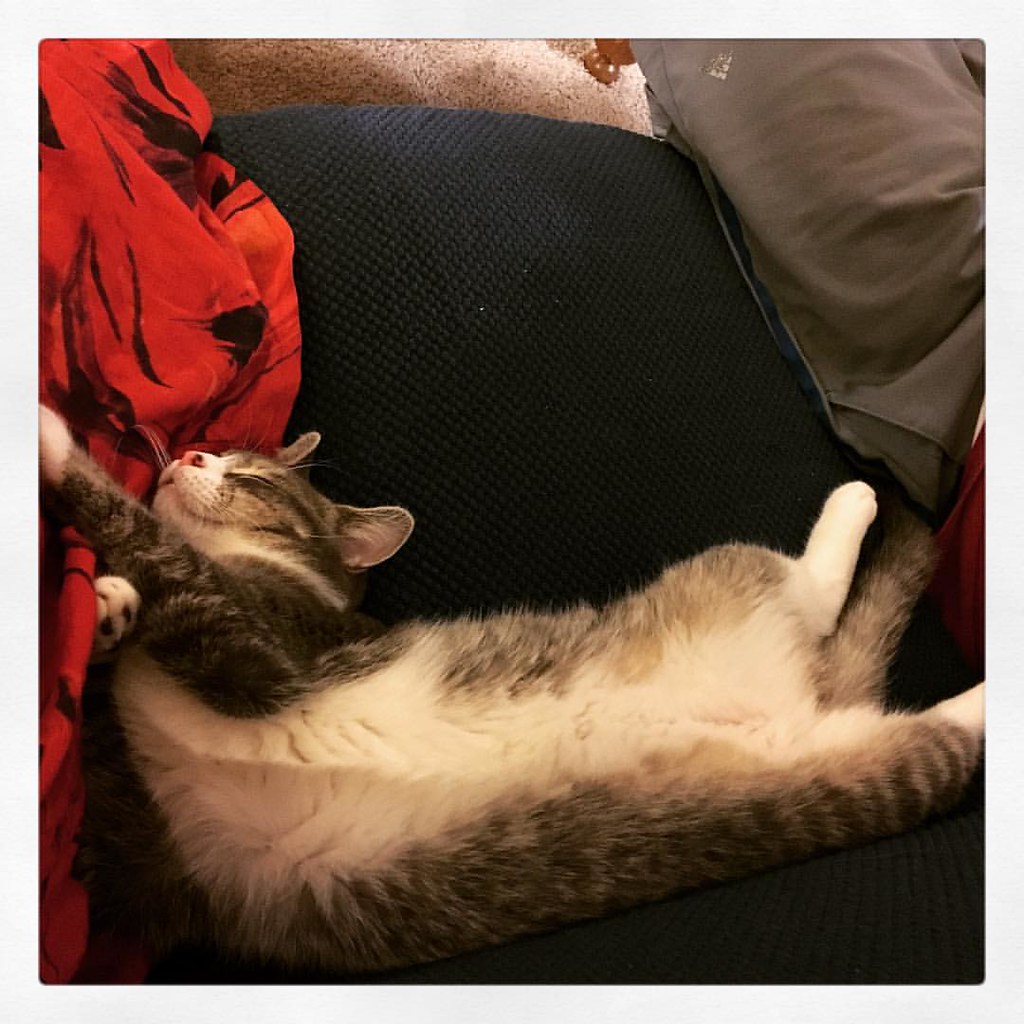
This spring-like movement is further aided by their vertebrae, which allow for an incredible range of motion. A cat’s back can curve more than many other animals, enabling rapid changes in direction and mid-air adjustments. During a chase or escape, this ability to quickly twist and turn can mean the difference between catching a meal or becoming one.
The righting reflex, a marvel in itself, showcases how effectively a cat uses its spinal agility. When a cat falls, it instinctively reorients its body mid-air to land on its feet. This rapid rotation involves a complex interplay of the vertebrae and flexible joints. The vestibular system in a cat’s inner ear detects changes in position and velocity, prompting the spine and limbs to adjust accordingly.
Consider this: a cat falling from a height first rotates its head to face downward. The shoulders then follow, with the spine arching to reverse the body’s orientation. Finally, the back legs swing around to ensure that the feline lands on all fours. This extraordinary sequence, executed in mere seconds, highlights the critical role the vertebral structure plays in their survival.
Additionally, cats often use their flexibility for stealth and precision in hunting. Their ability to bend, twist, and compress their bodies allows them to navigate through tight spaces and ambush prey with lethal accuracy. The vertebrae and associated muscles facilitate controlled, silent movements—perfect for a predator that relies heavily on the element of surprise. This same flexibility aids in climbing, jumping, and balancing, making them versatile in various terrains and hunting scenarios.
The cat’s vertebral structure is a finely tuned apparatus that enables an astounding array of movements crucial to its survival. Each leap, sprint, and twist is a testament to how evolution has shaped cats into agile, resilient animals. It’s not just about flexibility; it’s about the intricate coordination of bones, muscles, and instincts that make cats some of nature’s most exceptional athletes.
Evolutionary advantages of feline flexibility
Throughout their evolution, cats have developed an extraordinary level of flexibility and agility, giving them a significant edge in survival. This flexibility is not just about looking cool or being able to fit into tiny nooks. It’s a matter of life and death.
When hunting, a cat’s flexible spine and limbs help them to stalk quietly and pounce effectively. The ability to adjust their body in mid-air means they can catch prey with precision. Imagine the force behind their leap, combined with the precision of landing directly on their target!
On the flip side, flexibility also plays a crucial role in escape mechanisms. When facing danger, cats can dart away quickly, navigate tricky terrains, or even climb to higher, safer grounds with ease. This agility is essential in evading predators or other threats. Their ability to twist and turn mid-run can outmaneuver many would-be attackers. And let’s not forget their legendary ability to land on their feet—a direct result of their flexible spine and righting reflex.
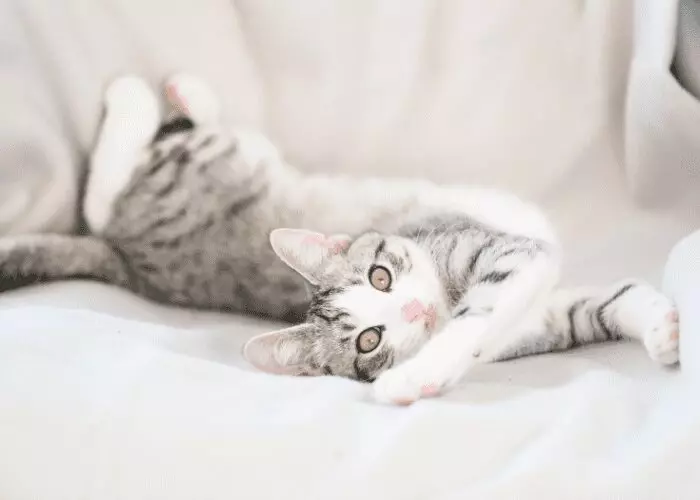
This evolutionary advantage is also evident in their domestic behavior. Ever notice how house cats can seem to appear from nowhere, leaping out of tight spaces? Their ancestral need for survival in the wild still drives these behaviors. Flexibility allows them to be the perfect predator at home—whether they’re hunting a toy mouse or snuggling in a cozy tight spot.
The evolutionary benefits of a flexible body structure have enabled cats to thrive in diverse environments, from dense forests to urban jungles. It’s a prime example of how an animal’s physical traits are finely tuned to its environmental needs and lifestyle demands.
Learn more about the incredible flexibility of cats at Cattitude Daily.
